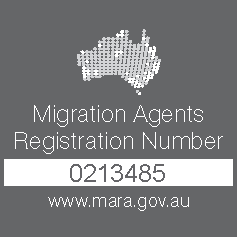The re-election of the Liberal Coalition Government led by Scott Morrison, was not only a surprise but also a favourable outcome where immigration is concerned.
There are many facets of Liberal’s population policy including migration caps, border security and programs to embrace Australia’s multi-cultural diversity. While they are all important issues, one that stands out is providing an incentive for migrants to move to regional areas of Australia. Regional Australia is considered anywhere in Australia outside of Melbourne, Sydney, Perth and Brisbane/Gold Coast.
What is the Government’s Plan?
Two new skilled regional visas will be introduced requiring workers to live and work in regional Australia for three years. There are plans to set aside 23,000 places each year for these regional visas. The federal government will work with the regional communities and all levels of local government to increase the number of migrants settling in regional Australia. They are planning to increase the number from a target of 30 percent to 40 percent in 2019/20.
The implementation of this policy has many advantages for regional and metropolitan areas. Many of the smaller cities and regional areas need more skilled workers to fill skills shortages. It is estimated that there are 47,000 job vacancies in regional Australia today. Not only will job vacancies be filled but these small cities will have the opportunity to grow and thrive. This push for migrants to settle in regional Australia will also help ease the pressure on the bigger cities where infrastructure has not been able to keep up with population growth resulting in traffic congestion and strains on hospitals and other resources.
What is the Incentive for Migrants to Move to Regional Australia?
Under these visas, skilled workers will be given access to permanent residence provided visa conditions are met. They will be given priority processing and have access to a larger pool of jobs on the eligible occupation lists compared to those living in major cities.
These changes mean that migrants will potentially stay in regional areas for longer than the three years specified in the visa conditions. It is assumed that over the three year qualifying period they will build ties to the community through participation in the local workforce and community involvement resulting in wanting to settle down in these areas and thus easing the pressure on the bigger, congested cities.
While these regional skilled visas are an option and not mandatory, it brings with them a sense of nostalgia to a time when migrants only had the option of living in rural Australia, working on the railways or in farming. Time will tell if the incentives of these visas are enough to lure migrants to our regional areas.
If you have any questions about Skilled Regional visas and need expert advice, speak to one of the VSA team today. It is a complex subject so it is important to speak with someone in the know.







